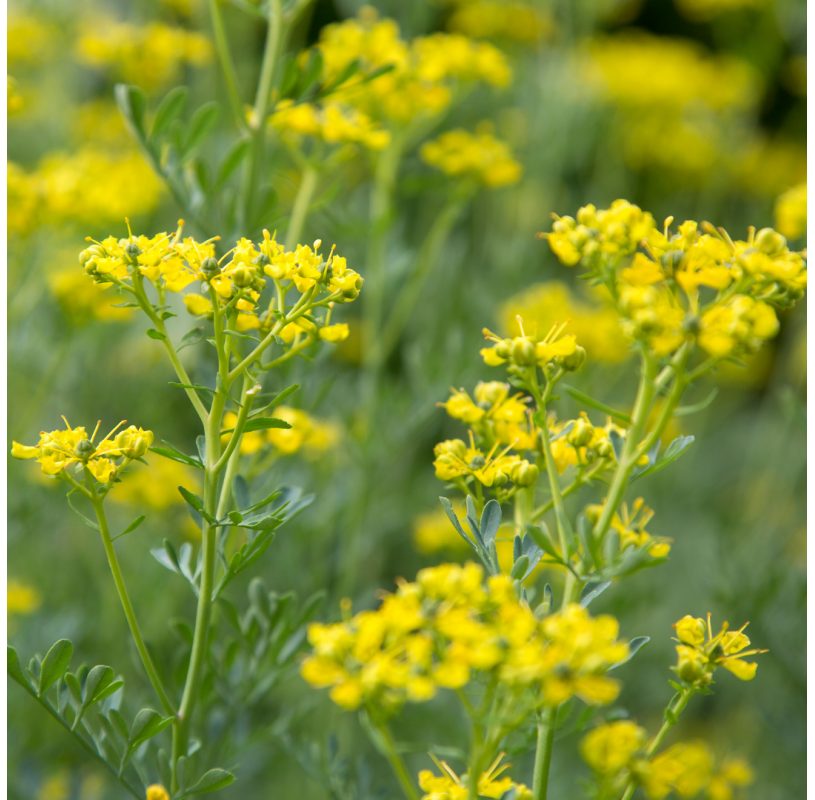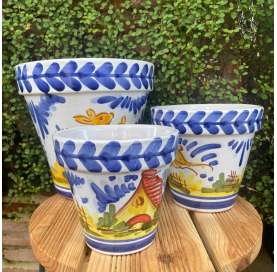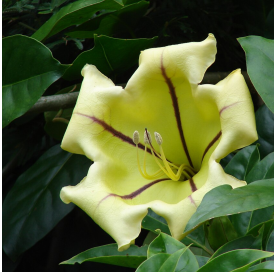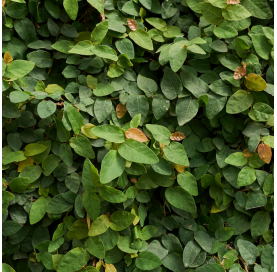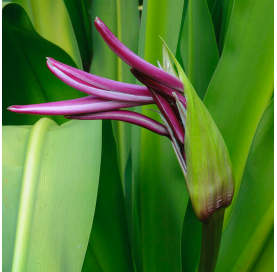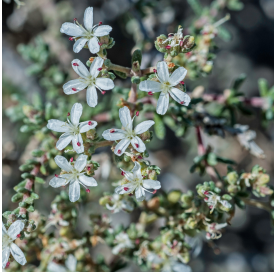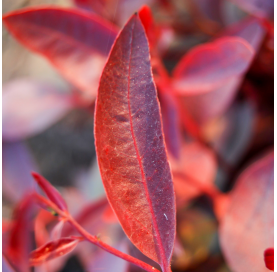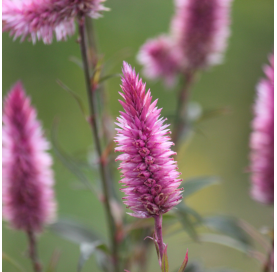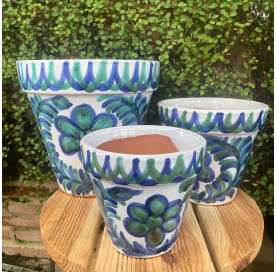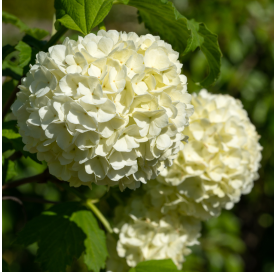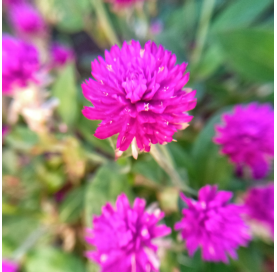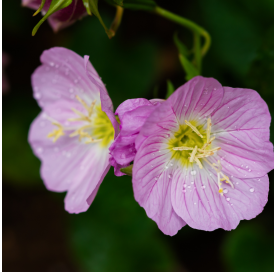Ruta graveolens - Ruda, Rue
Rue is a perennial herb native to the Mediterranean, known for its use in cooking and traditional medicine. It is easy to care for, drought-resistant, and used in popular rituals to ward off negative influences. Its leaves have a strong aroma, and it thrives in full sun and well-drained soil.
 Encrypted payments for greater security
Encrypted payments for greater security
To minimize the plant's time in transit, deliveries are made only from Monday to Wednesday


Shipping only to mainland Spain and mainland Portugal
Rue (Ruta graveolens), also known as common rue or garden rue, is a perennial herbaceous plant belonging to the Rutaceae family. It is valued for its strong aroma, ornamental beauty, and culinary and medicinal uses.
Description:
Rue is a perennial plant that can grow between 50 and 100 cm in height. Its leaves are blue-green, pinnate, and aromatic, with a strong and characteristic smell. Its flowers are small, yellow, and appear in clusters during the summer.
Origin and history:
Rue is native to southern Europe and western Asia, though today it is widely distributed worldwide, especially in temperate climates. Throughout history, rue has been valued in both cooking and traditional medicine. In ancient Rome, it was used as a food ingredient and as a medicinal remedy. During the Middle Ages, it was believed to have protective properties against diseases and negative influences.
Care:
1. Light:
Rue prefers full sun but can tolerate partial shade. In warm climates, it's important that it gets at least 6 hours of direct sunlight daily.
2. Soil:
It adapts well to a variety of soils but prefers those that are well-drained and slightly dry. It does not thrive in constantly wet soils.
3. Watering:
Rue is quite drought-tolerant once established. Moderate watering is recommended, avoiding waterlogging. The soil should dry out between waterings.
4. Pruning:
Pruning rue is done in late winter or early spring before active growth begins. This helps shape the plant and promotes better growth. It's also advisable to remove any dry or damaged branches.
Uses:
Rue has various uses in both cooking and traditional medicine. While not common in many cuisines, it is used in some cultures to flavor certain dishes, liqueurs, and sauces. However, it should be used in moderation as its flavor is strong and bitter.
In traditional medicine, rue has been used for its antispasmodic, anti-inflammatory, and menstrual pain-relieving properties. However, caution is advised, as high doses can be toxic.
Additionally, rue is known for its use in rituals and folk beliefs to ward off the evil eye and other negative influences.
Data sheet
- Name
- Ruta graveolens - Ruda, Rue
- Origen
- southern Europe and western Asia
- Height
- Rue can reach a height of between 50 and 100 cm, depending on growing conditions and care.
- Colour
- The leaves of rue are blue-green, while the flowers are small and bright yellow.
- Flowering
- Rue flowers in the summer, typically between June and August. Its yellow flowers grow in clusters, giving it an ornamental appearance.
- Location
- Rue thrives in temperate and warm climates. It prefers full sun but can tolerate partial shade. It's ideal to plant it in gardens, borders, or pots, as long as it receives plenty of sunlight.
- Irrigation
- Once established, rue is drought-resistant and doesn’t require frequent watering. It should be watered moderately, allowing the soil to dry between waterings. Overwatering should be avoided, as it can harm the plant.
- Sowing distance
- The recommended distance between rue plants is about 50 cm. This ensures that the plants have enough space to grow healthily without competing for nutrients and light.
12 other products in the same category:
-
-
Millenium planter 99cm€120.00
-
Solandra€17.00
-
-
Crinun purple€14.00
-
Frankenia€8.20
-
-
Pilotus - Fox Tail€4.00
-
Grenadine glazed pot€4.90
-
Viburnum odorantissimun...€15.00
-
-

 English
English Spanish
Spanish